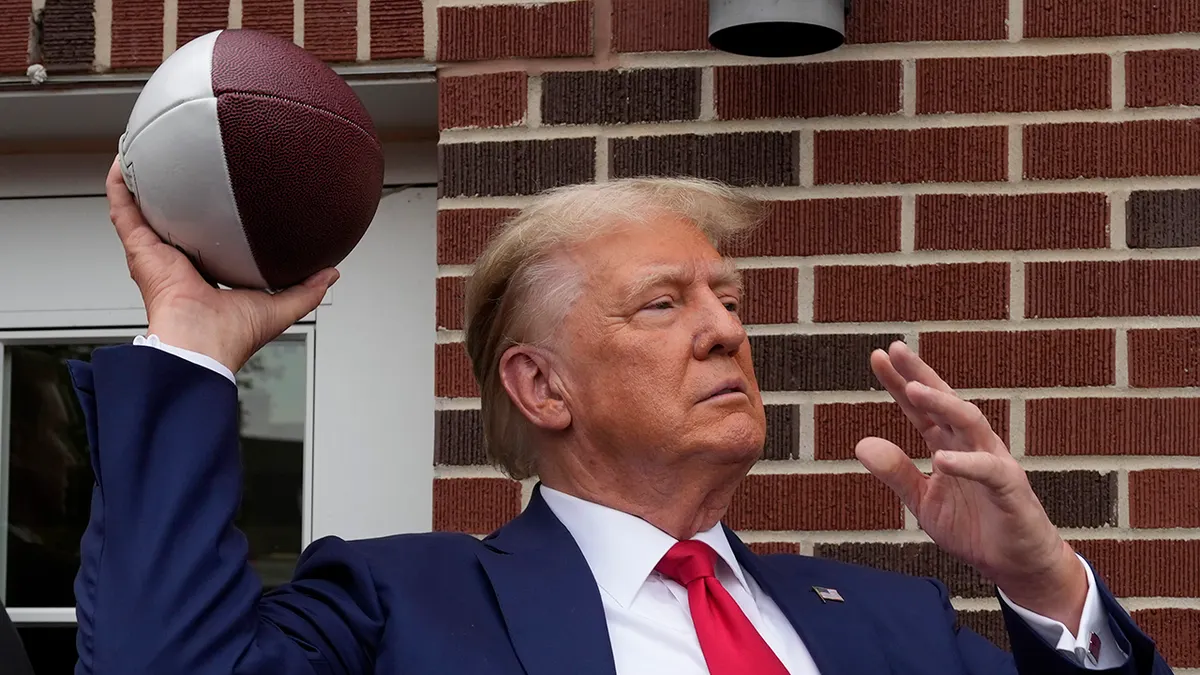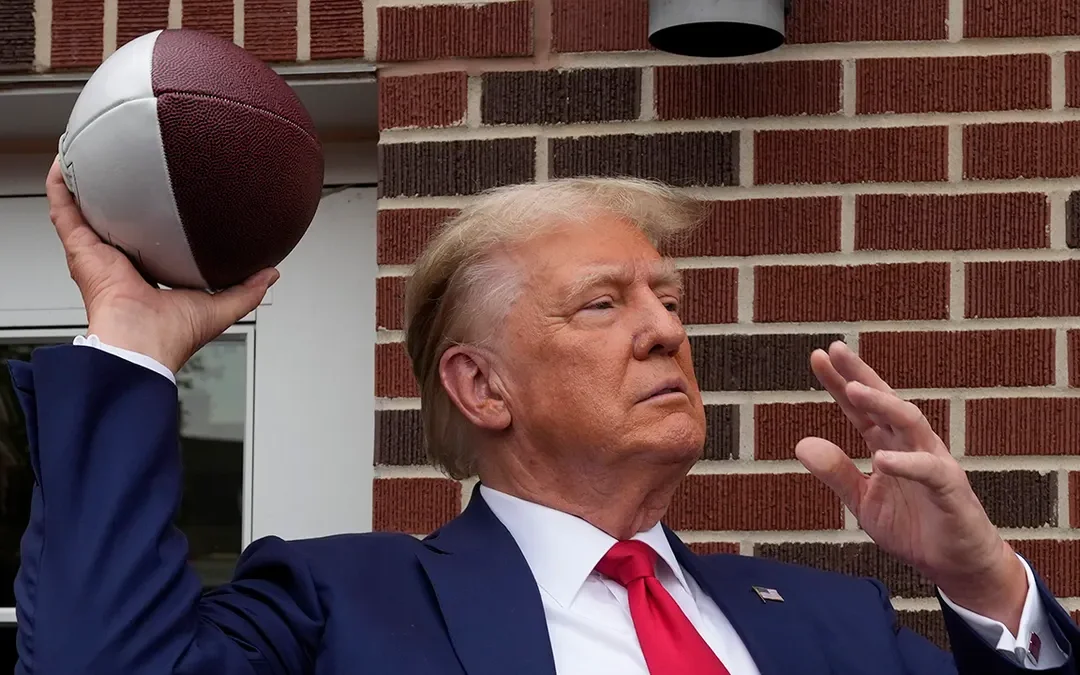
The president shared the news on social media, despite ongoing hopes within the EU for a potential trade deal.
On Saturday, Donald Trump declared that, beginning August 1, all imports from the European Union and Mexico will be subject to a 30% tariff, sharing the announcement through letters posted on his Truth Social platform.
The move caught many European leaders off guard, especially after months of negotiations between the European Commission and U.S. trade representative Jamieson Greer, who believed they had reached a mutually acceptable compromise.
That tentative agreement, presented to Trump just days earlier, proposed a 10% tariff—already a significant increase over pre-Trump levels, which the EU had previously criticized as burdensome.
Now, as EU trade ministers prepare to gather on Monday for a previously scheduled meeting, pressure is mounting from several member states to respond forcefully by activating €21 billion ($24.6 billion) in retaliatory tariffs—measures they had put on hold until midnight that same day.
In a letter to Mexico’s president, Trump recognized the country’s efforts in curbing illegal immigration and reducing the flow of fentanyl into the U.S.
However, he criticized the response as insufficient, warning that North America risked becoming what he called a “Narco-Trafficking Playground.”
Addressing the European Union in a separate letter, Trump stated that after years of trade discussions, the U.S. could no longer tolerate the ongoing imbalance created by what he described as unfair tariffs, hidden barriers, and one-sided trade practices. He emphasized that the transatlantic trade relationship had been anything but equal.
